A Thread about the old Berlin
Christian Stemmler discusses his extraordinary new photo book documenting post-GDR subculture
In the midst of our 90s moodboard mania, I assumed I’d seen it all. Until I encountered Christian Stemmler’s new book. Published by IDEA, the book is a chronology of photographs he took from 1994-1999. Against the backdrop of the recently dissolved GDR, Stemmi and his friends dance, dress up, hang out and dye their hair.
Unlike the clean, minimal 90s fashion pictures we see floating around Instagram, there’s something deeply human about these images. The characters and their emotions burst from the pages, pulling you into their hedonistic swirl and beckoning you to join them on their next night out.
“If you look at the book now, I made it look fun. But it had a dark side to it,” Stemmi remembers. “There wasn’t much else to do other than party. It wasn’t that we weren’t thinking about careers, but there were no opportunities in Berlin.”
It was through an internship at a magazine that Stemmi got his start in fashion, and has since become one of Berlin’s most respected styling talents. ‘Anfang/Beginning Berlin 1994-99’ represents the dawn of his lifelong fascination with people and subculture; a rare glimpse into a lost world that was both a beginning and an end.
Housekeeping: There are a lot of (amazing!) images in this piece, which means it might get cut off in your inbox. Hit ‘view in browser’ or ‘read full message’ to see the whole thing.
What was the genesis of the book?
I started in fashion in the early 2000s, and that was the rise of digital, when everyone started using Photoshop and everything was sharp. After the 90s, this whole analogue aesthetic wasn't a thing anymore. So I didn't look at these pictures for maybe 20 years.
My ex discovered them - he's a photographer. He said, “You have to do something with these”. When we broke up and I left Berlin, I was suddenly compelled to look at the photos. But I looked at them with the trained eye of a stylist. I was like, wow, they're actually very good.
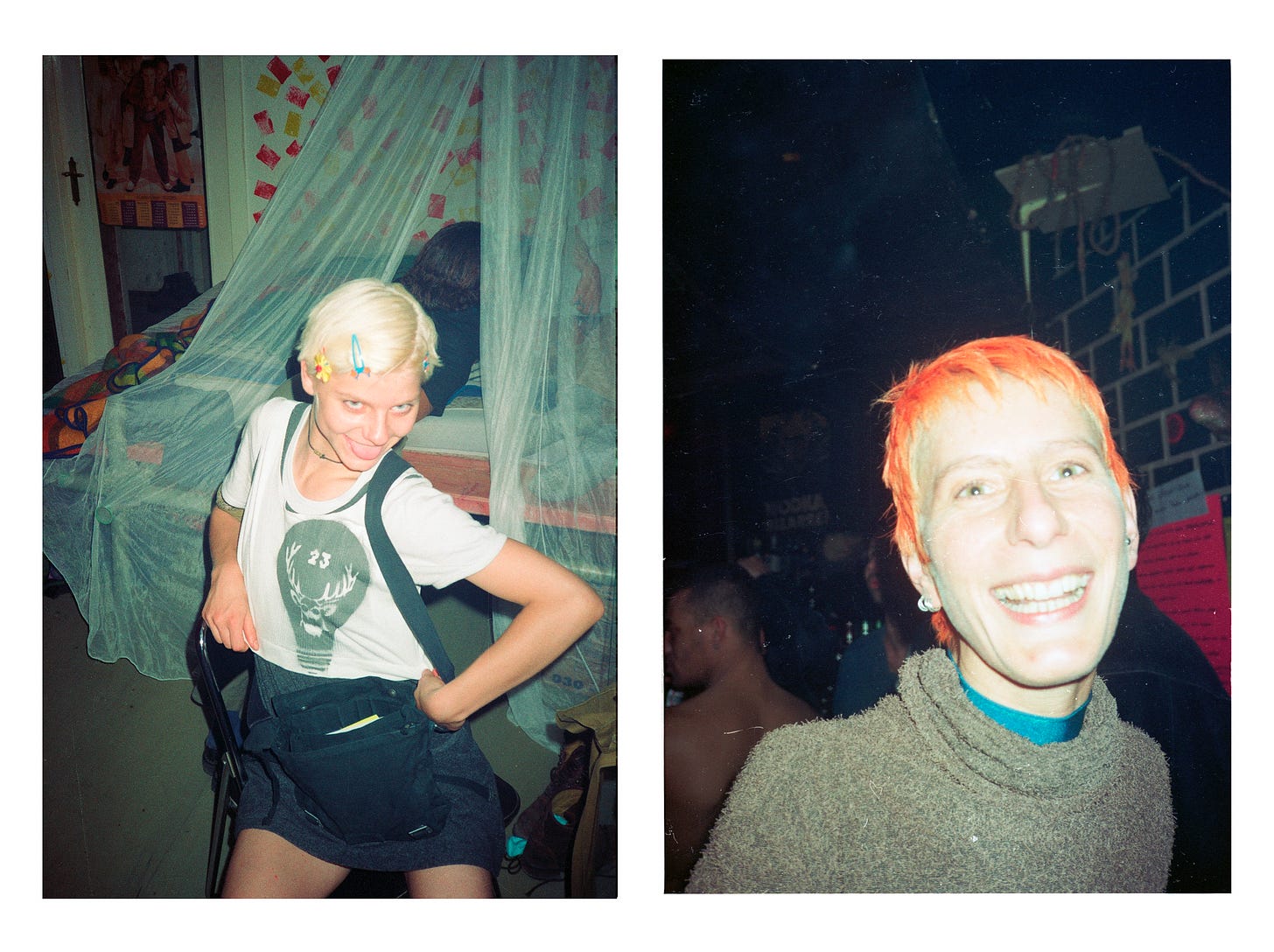
And how did they become a book?
I started showing the photos to people. They were all so enthusiastic about them - I could have never imagined that they would be so interesting for other people. But the more people I talked to, the more excited they got. Everyone was like, “Oh my God, I really feel like I’m there. It really shows that time and how it felt.”
So I thought, okay, I'm going to look into publishers. I went to the book fairs - Off Print and Paris Photo. But I didn’t like the vibe of it. I overheard conversations where people were like, “It's so tough, no one makes money and you have to invest.” After more than 20 years of working for free on editorial for magazines, I was just like, no, this is not going to happen. I was really discouraged.
Then I showed it to my friend, Honey Dijon. She was like, “Girl, this is something you know.” And then she was like, “And guess what? I'm a co-publisher now for IDEA books.” I had never thought about IDEA. It's so obvious that I didn't think of it. I’ve followed them for more than 10 years and I love what they do.
So she made the introduction. They were like, “Oh my God, this is such a treasure. We love it.”
And whose idea was the incredible cover?
I did most of the layout, but there was also a graphic designer. We ping-ponged back and forth and she developed a font. She used some inspiration from party flyers I sent her from the 90s. And we decided this amazing t-shirt was going to be the cover.
Karla [IDEA’s Art Director] just put the obi band in place [the narrow paper strip around the cover], covering the lower part of the t-shirt. And then it just happened. They refer to it as one of their best covers.
It’s so good.
Everyone's like, “I'm not gay… What?!”
That’s the amazing thing about the book and its cultural relevance now, and why the cover works so well. In this era of ‘us vs. them’, and the fear of people crossing over to the dark side. It gives you that shock of being betrayed; there’s tension and release. It’s so smart.
As a stylist, so much of your life revolves around clothes and style. What was it like going back and seeing it through that lens, seeing what people were wearing?
I think it's on page 4, the first lesbian couple I ever saw, Ava and Kim. One is wearing this leopard coat and the other one something furry and red. I looked at them and I was like, “Wow, I still dress people like that.” This time influenced me so much. I think that's also why I took the pictures. It was a pain in the ass taking pictures back then, but I wanted to shoot these people because I thought they were the coolest people I had ever seen.
I started at 17. Moving into a squat, they were all 10 years older. They came from all different countries, and I had never seen this growing up in the GDR. I also learned English with them. There were Australians, English people.
Also some of the looks, this is still how people look. I would almost dare to call it ‘the original moodboard’. Because no one before us dressed like that. It was this moment where the electronic music scene gathered all these subcultures. One of my friends was a goth, another one was a hip hop kid, another one was a punk. They all merged together and influenced one another’s styles. But it didn’t happen as fast as it does now. It took years.

You also include a number of self-portraits. Because the photos are organized chronologically, we’re essentially watching you grow up. Even attitude-wise, at the beginning, you seem quite naïve and shy, and then you get a bit more poise and confidence towards the end.
The other thing I noticed is what a big role hair dye plays in people’s style.
In the mid-90s we would dye our hair a new colour every weekend. We shared pots of hair dye. Then everyone shaved their heads in the late 90s.
It's fun seeing different characters pop up throughout the book with different hair colours or hairstyles. Early in the book someone’s wearing a pair of textured green trousers - they look like they could be Bottega Veneta.
They were probably made from fake grass from the hardware store. There were all these small brands in Berlin that did almost made-to-measure clothes. It was called ‘chic, charmant and abwaschbar’ which translates to ‘chic, charming and wipe clean’.
What was the style mentality - how were you shopping? Were people sharing clothes?
You can't really see it in the book but there's this one T-shirt my friend is wearing that I wore for probably three years. A camouflage T-shirt. I think it was even a brand which was rare; G-Star. We hardly wore brands as they were very expensive.
We would just have this one T-shirt or one pair of sunglasses from Diesel or whatever. The rest was mostly thrifted. And we shared it - in the book you see best friends sharing this one long-sleeve tee.
At a time where the 90s has become such a trend and so many people are trying to replicate it and commodify it and imitate this spirit, what your book shows is that this aesthetic was born of the lived reality of that time. The aesthetic was dictated by the culture, not the other way around.
Exactly. People cared how they looked, but you wouldn't take a picture of it. I did by accident. People would dress up every weekend just for themselves and for the other 10 people they knew.
Was there a ritual around getting dressed?
We would hang out together and do it mostly. Three people had a bigger flat where you could meet and we would be 10 of us, sharing hair dye and cooking together. There was a birthday almost every weekend, so we’d start by celebrating that and then go out.
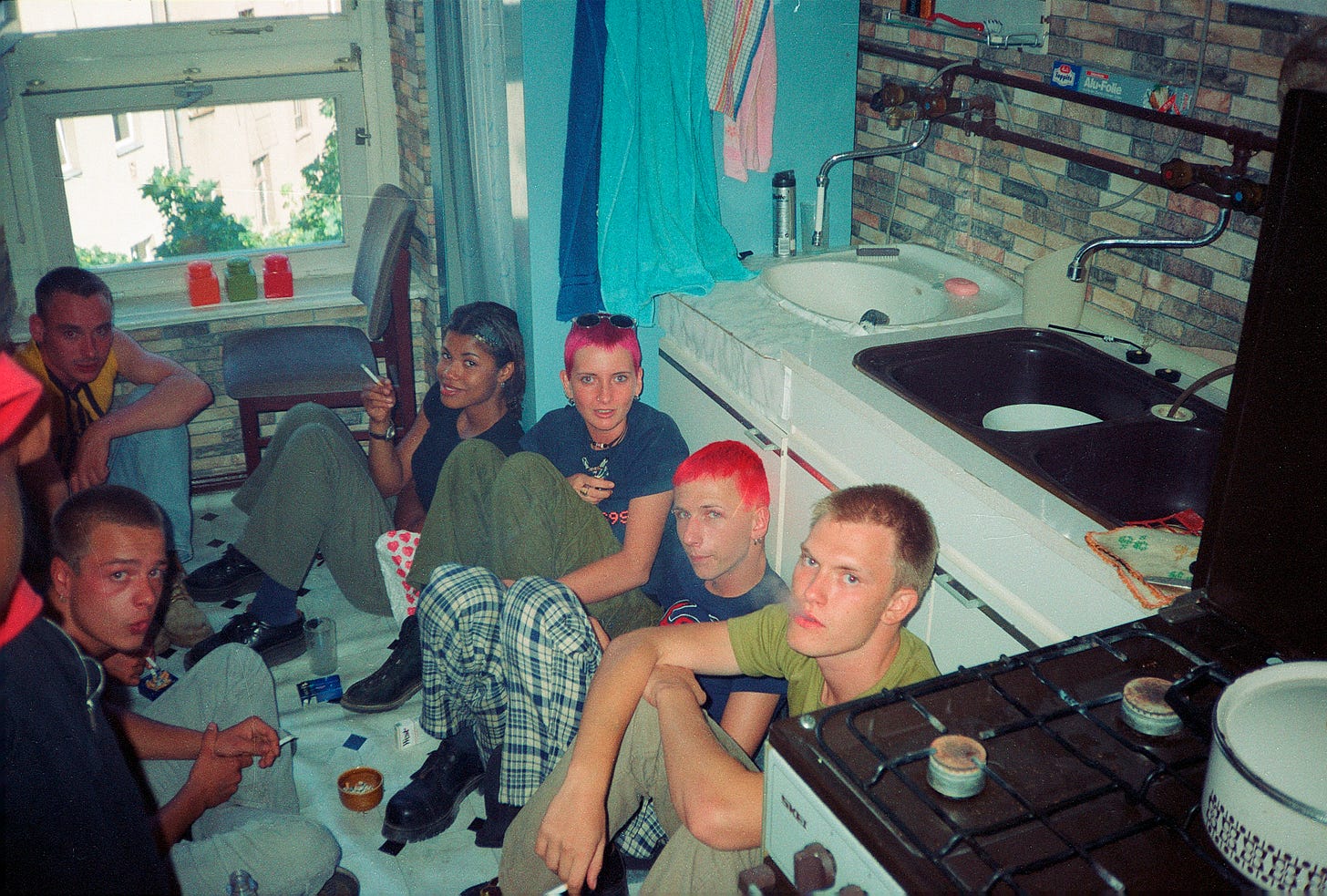
Whatever it was back then, you were obviously compelled to document what was happening around you. Is there any element of your life or of culture now that holds a similar fascination?
I think it's subculture. I love to portray people, creative people; people that mean something to me. I lived in Italy before, and now I live in Georgia. I started going out a little bit again in Tbilisi because I like the clubs so much, and the community. Oftentimes they remind me of people from back then - these characters repeat. Which is also something that a lot of people told me when they look at the book. I now get all these messages from the people that bought the book. They tell me it feels like now - and they’re 22.
I suppose when you document a community or a friendship group in its truest sense, there are always those archetypes. There's the quiet one, the femme fatale, the matriarch. Like that woman in your book, the one who often wears a dog collar…
Ines.
She's got that leading lady vibe.
I loved her but I was scared of her almost. I never saw her without makeup in all those years. She was always perfectly made up. If it was 8 in the morning or 10 in the evening, she would appear and she had this look, this posture.
On the topic of subcultures, people say that subcultures are dead now.
What subcultures had back then was time. People really identified with a way of living and also a political opinion, and expressed it with clothing. And they really had years and years to get into this role.
Why do you think the 90s have captivated us for the last few years?
Because it's the last time subcultures existed, I guess. Techno started as everything was melting together. Subculture for me is when you have your own music, your own style, and you're in this closed circle.
One of the things I loved in the book was the ‘Friends Wall’. It was a photo of your apartment with all the pictures of your friends printed and stuck on the wall.
Everyone had that. I’ll explain this process quickly, as it was very long. So I’d take the picture, go to the lab, get the envelope with the little prints and the negatives. A week or two later, I bring the prints and pass them around. Everyone fills out the paper with the prints they want; number 2, number 17, number 18. Then I go back to the lab with the negatives and they reprint all of them.
I get the pile of prints and put them in the envelopes for each person. Another week or so later, each person gets an envelope with their prints. Then they go to the copy shop, put it on the copy machine and just make a huge A4 or A3 black and white copy. And then they stick it on their wall. It probably took a month from taking the picture until it was up on the wall.
Can you remember what you were thinking about when you took your pictures?
I thought, oh my God, this person looks so beautiful. There was no deeper concept behind it. It was feeling the moment, and loving them. Each time you click, it costs money that you don't have. So you just click and hope it's going to work.
My final question is about the photo of you and your ‘altar’ in your room.
Yes, me on the floor.
What are you worshipping? What is in your altar?
That's my ‘friends altar’. Like everyone had. There are the pictures on the wall. Then there are tapes; the recordings from the DJ sets in the club. If you knew the DJ or the people working in the club you could bring an empty tape and record the set.
Then there’s one of those envelopes I talked about when you get the prints. Cigarettes, candles. Because we were squatting we had water, but no electricity. So we had to use candles for light.
What else? Obsession by Calvin Klein - we used it because we were obsessed with Kate Moss. She was the only supermodel we could relate to, because she looked like us. Then the address book, you would write a few numbers in the address book. A film roll, an alarm clock. A little bag made from the plastic grass I mentioned earlier. And I’m probably eating - yeah, there’s some food on the plate. So this is me looking at my friends, having dinner with friends.
It's like the pandemic dinners. When your friends are there, but not there.
Exactly.
Buy ‘Anfang/Beginning Berlin 1994-99’ from IDEA or here for Europe.
Have you listened to the Threads of Conversation podcast? You can also find it on Apple, Spotify, and YouTube. You can also follow Threads of Conversation on Instagram and TikTok. Subscribe below for more podcasts, essays and interviews.
Threads of the week
Last weekend at Glastonbury festival, watching a cabaret fiddler at 3am on Sunday night. Wearing Oakley glasses, adidas zip up, Dauan Jacari skirt and very dusty COS boots designed by my friend Leonie, who actually introduced me to Stemmi.
Loose Threads
Renell Medrano is the undisputed queen of music videos this year. Alongside Lorde’s recent ‘Hammer’ video, she also just dropped a new one for Bad Bunny. I don’t know what camera she uses but there is something so luminous and intimate about the way she shoots skin - you can feel every bead of sweat.
Fun fact: Lorde’s video was shot at the ponds in Hampstead Heath. Another big fan of wild swimming on the Heath? Harry Styles, who took Hamish Bowles there for his 2020 Vogue cover story. In 2022, he also chose a local London Lido to meet Lou Stoppard for his Better Homes & Gardens profile. That man loves an open air dip!
I’ve been enjoying (re)-exploring
’s Present community homepage. There are so many tips and resources geared around his philosophy of ‘just getting started’. I love how friendly and unintimidating the vibe is - it’s gentle, cool and collaborative. (In case you missed it, I interviewed him about his design practice last year).All I want is a Yohji summer.
Julia Fox on the sinister linguistic trend you might have missed.
PS. Happy pride everyone. I love you!
Start your own Thread
Do you think subcultures are dead? Why/ why not? Let me know in the comments.





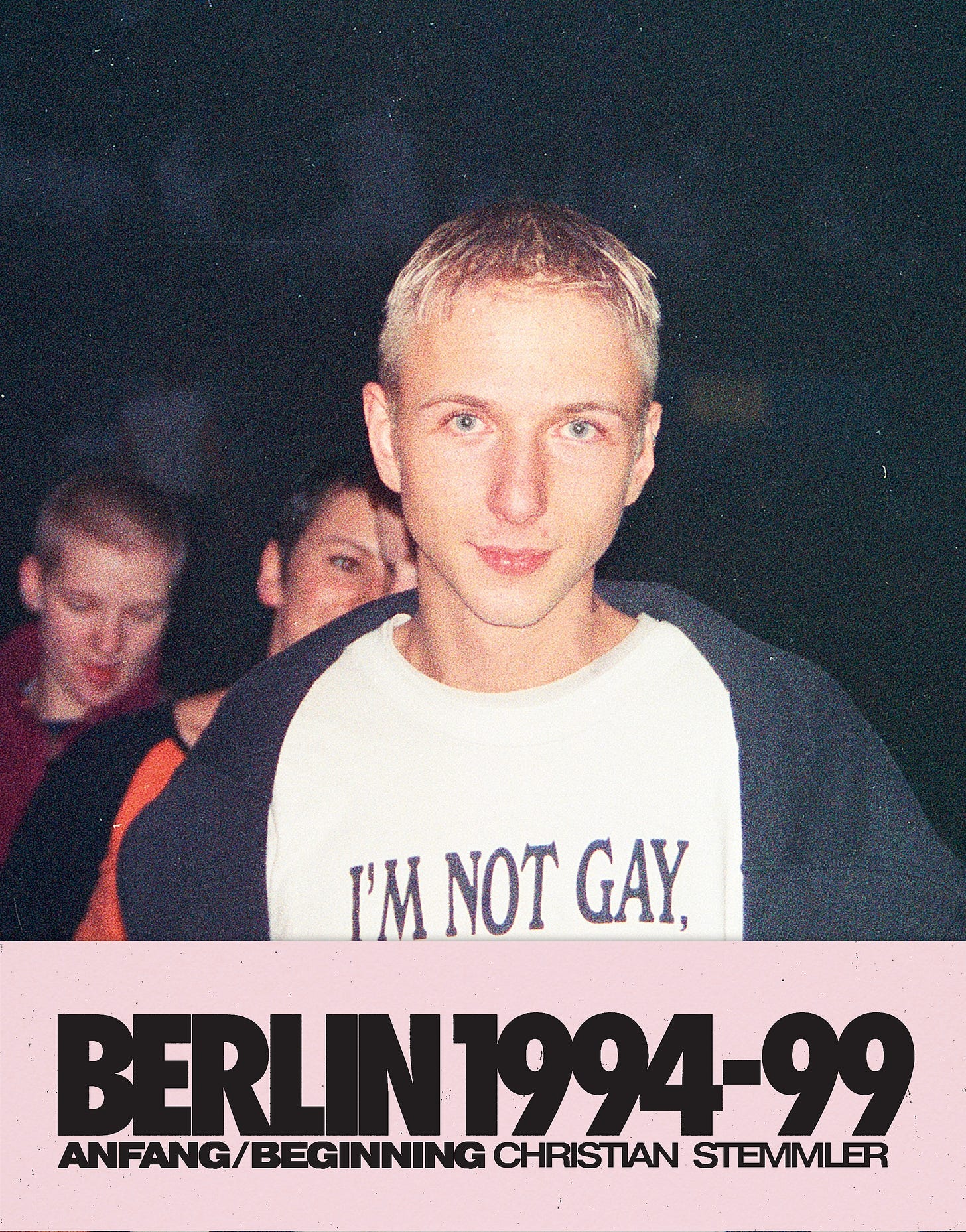

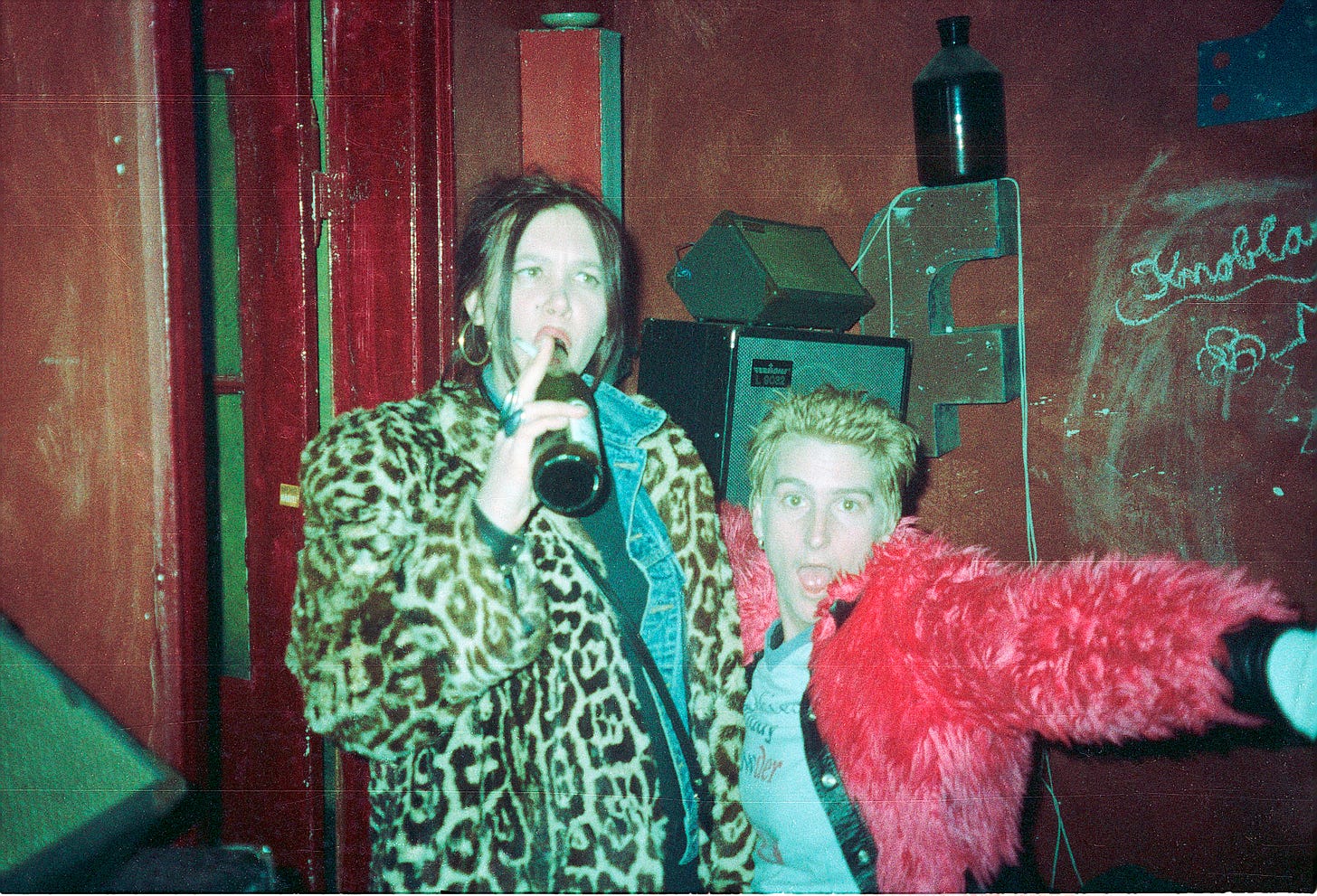
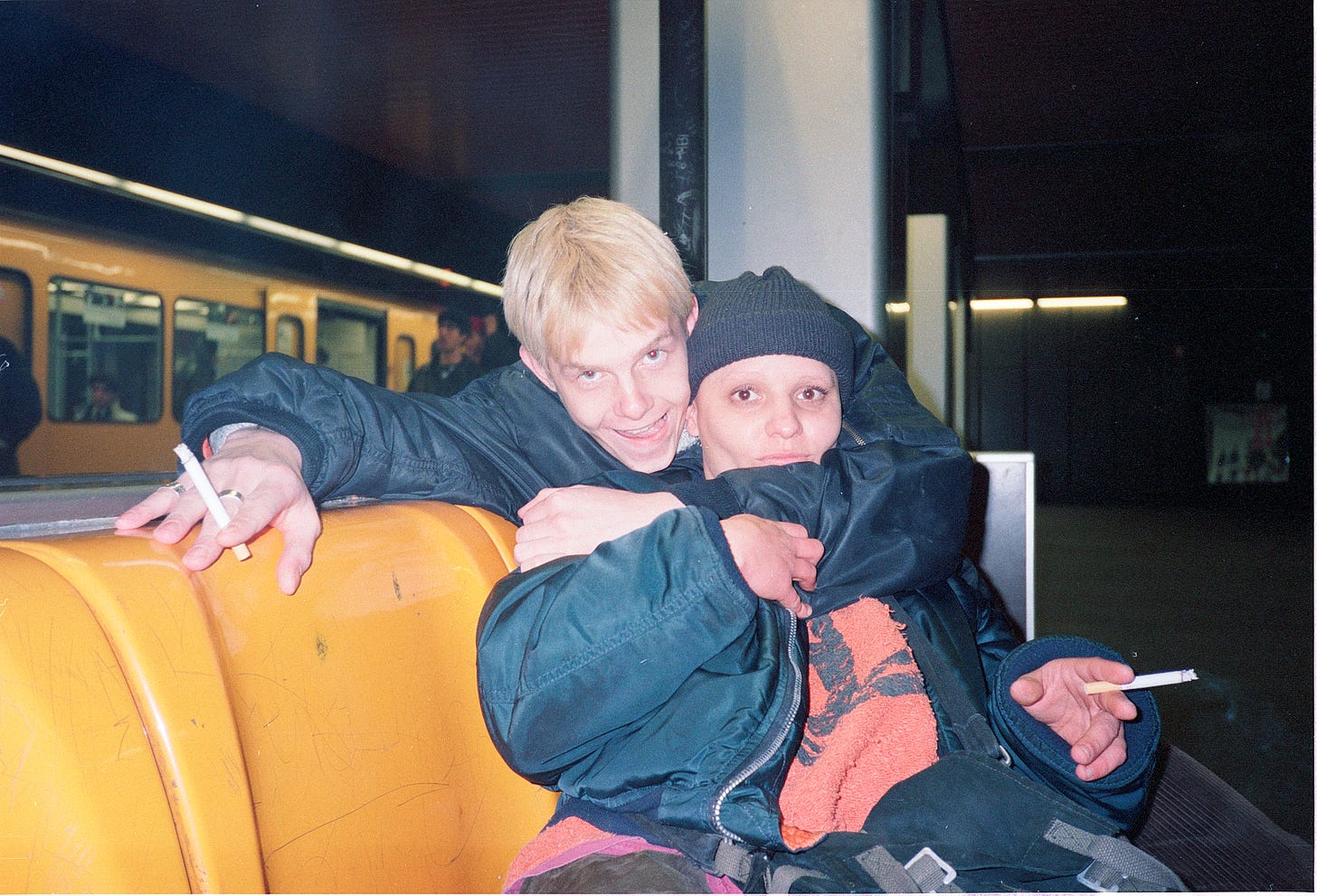

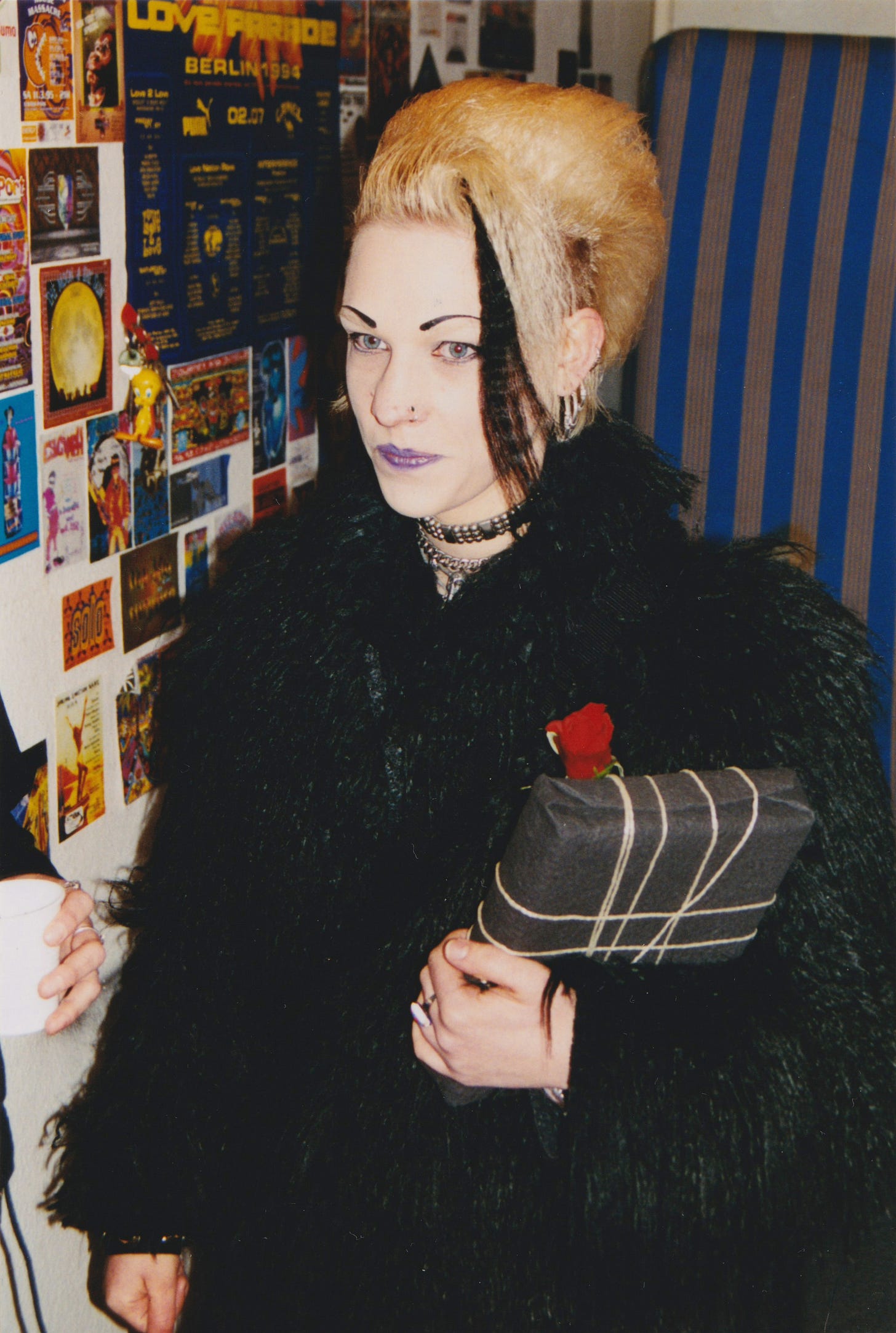
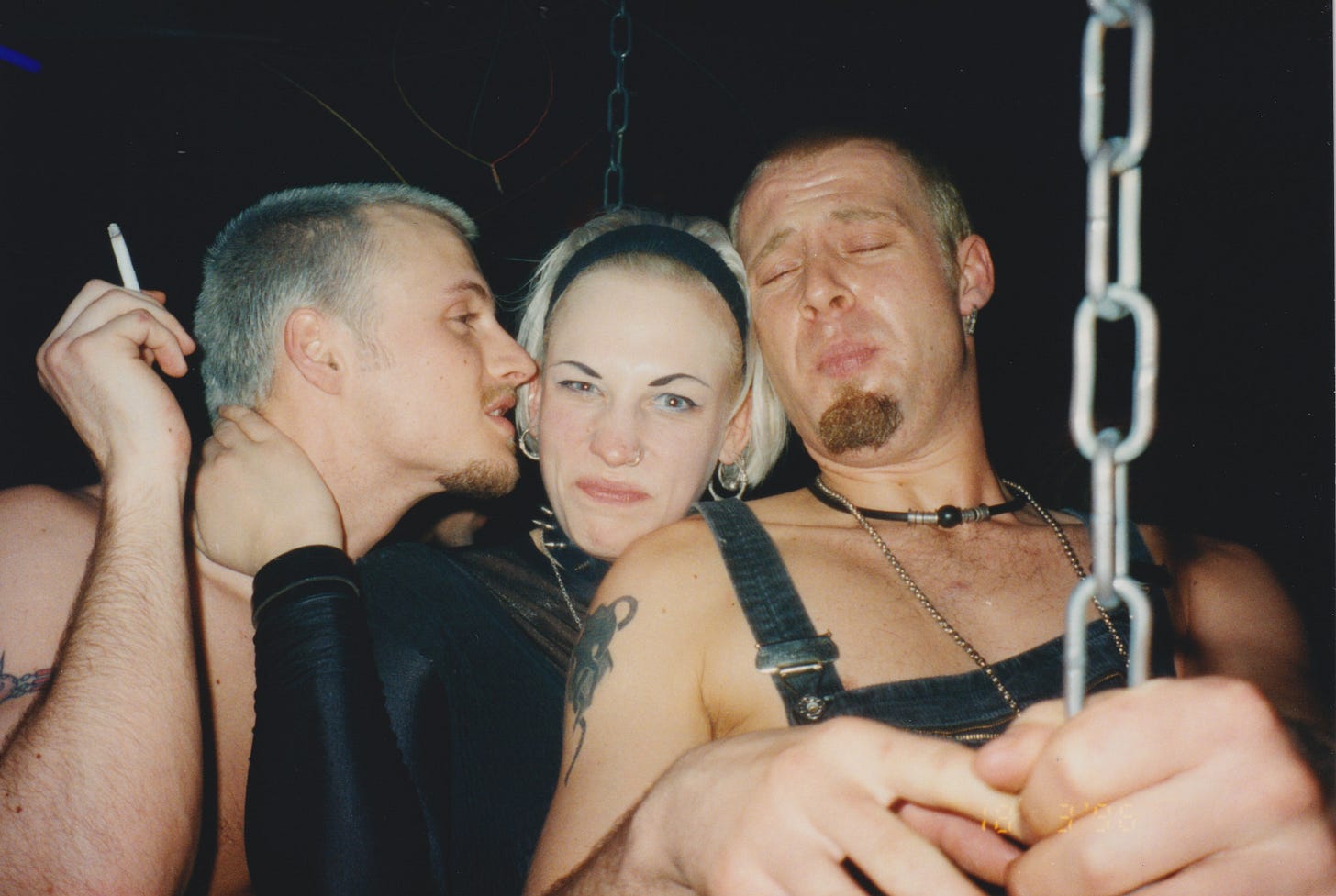
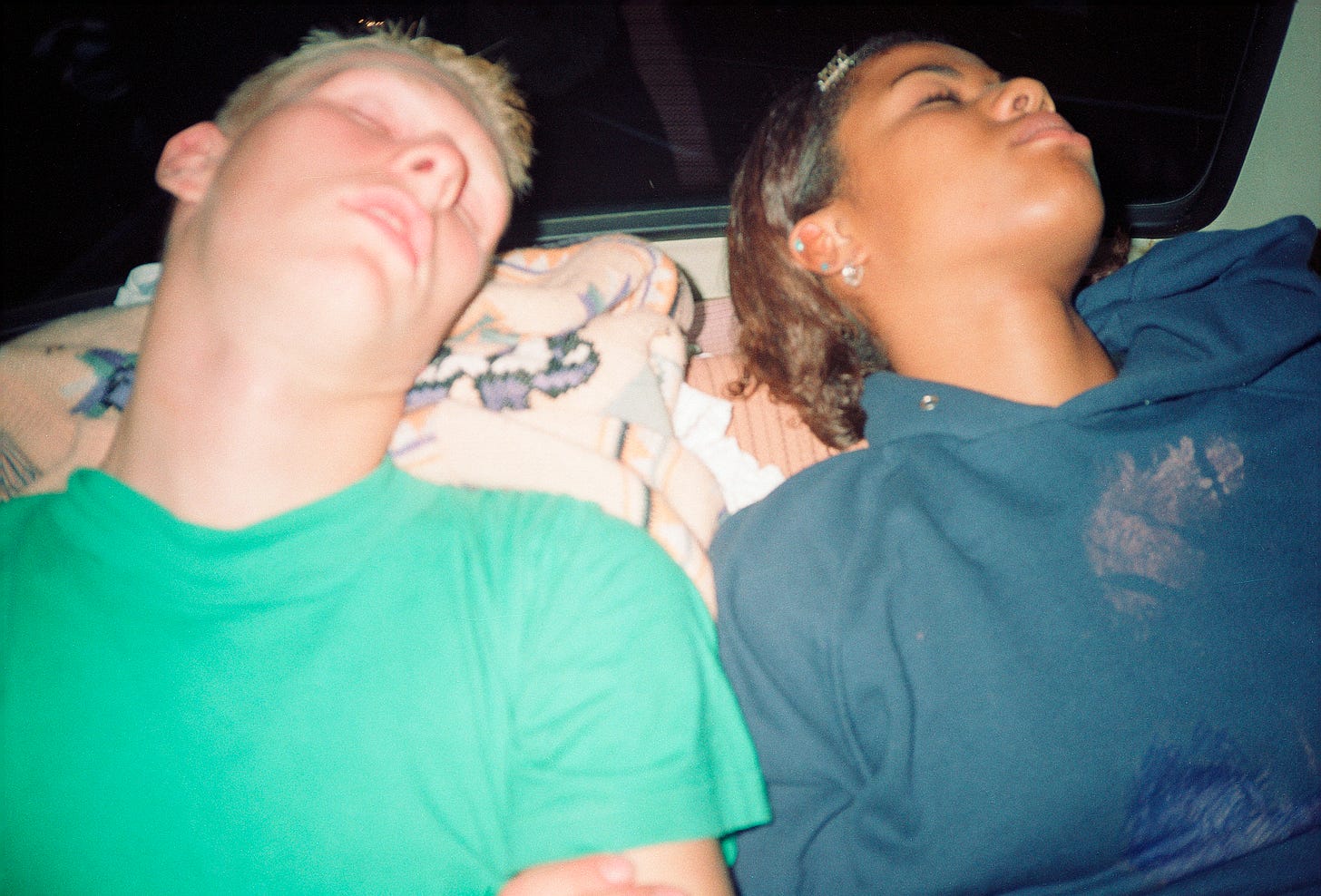
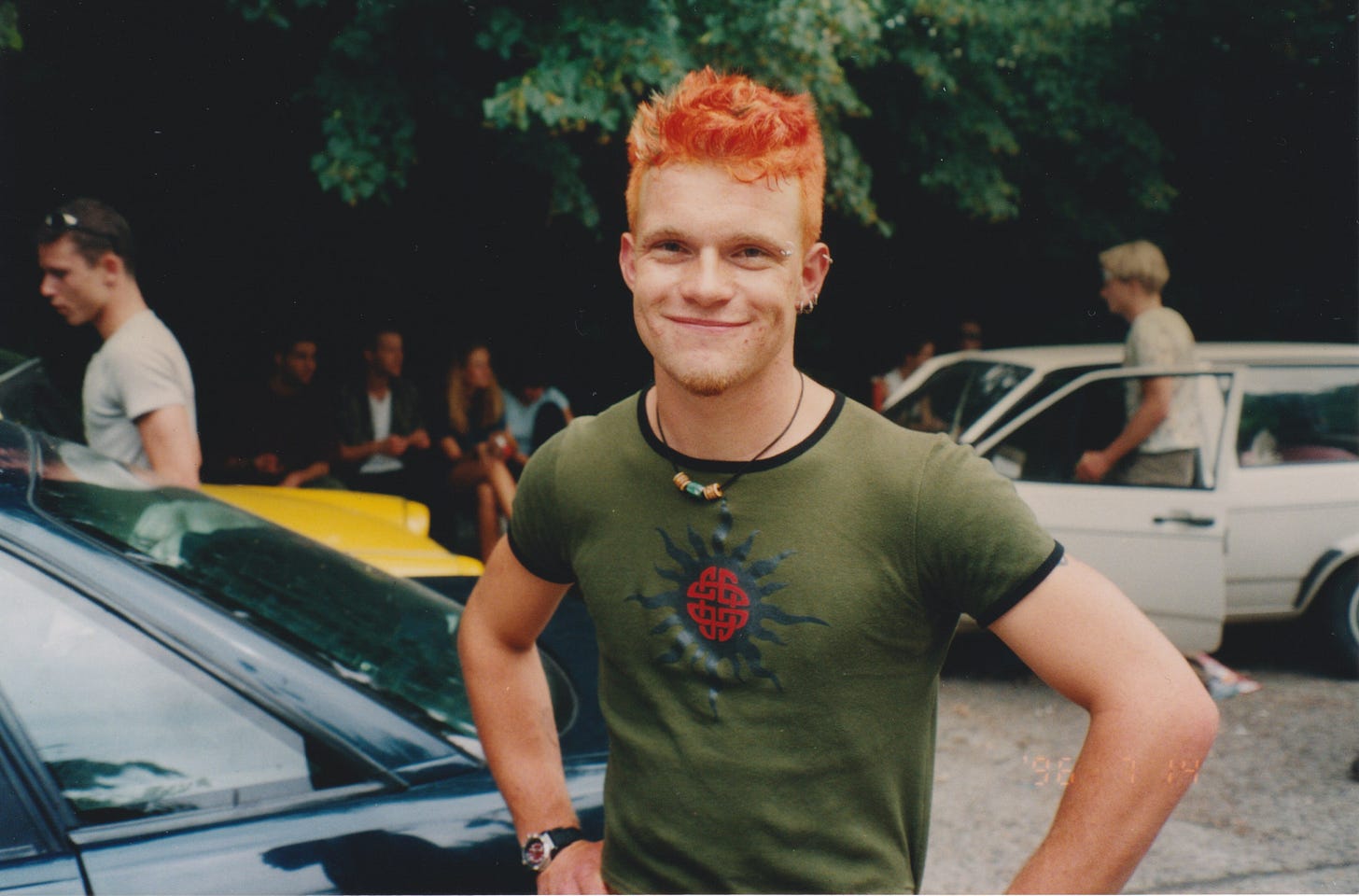
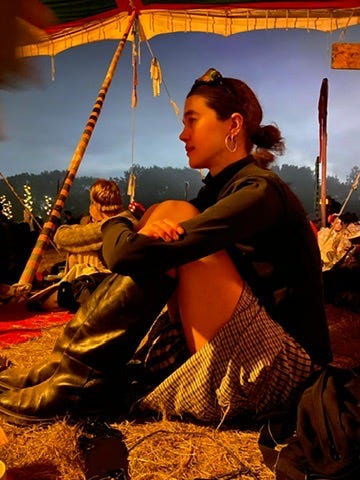
Love your observations & questions